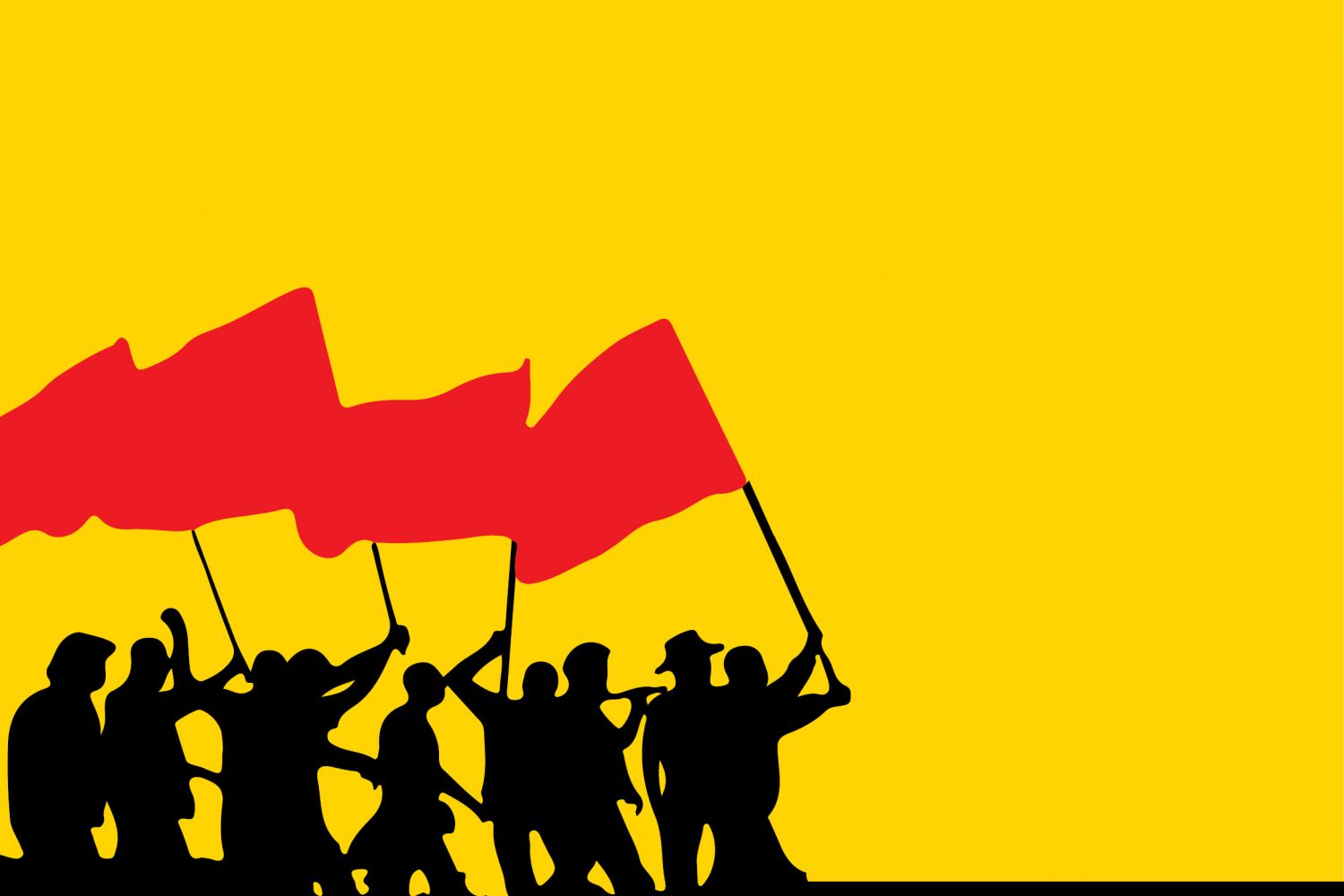
Alpa Shah’s Nightwatch: A Journey into India’s Naxal
Heartlands is the latest in a barrage of books on the Naxalites (at least
50 since 2007 by Shah’s own count in her Bibliographic essay at the end of the
book), the impetus of which is somewhat dubious.
The Indian government (specifically Manmohan Singh, which
shows no real difference in how the Congress and the BJP or any major party
sees them) has deemed the Naxalites the nation’s “largest internal security
threat” which





